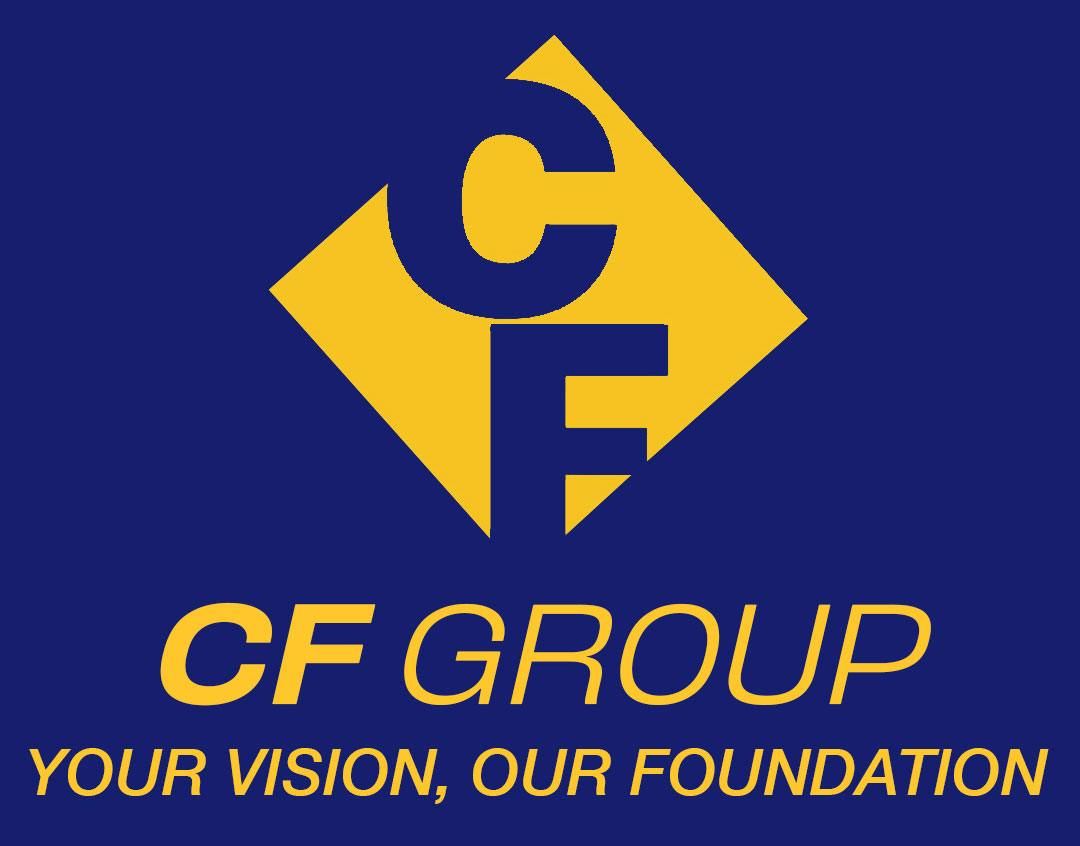CFA piles are probably the most common pile type currently installed in Australia and their development has largely gone hand in hand with the increasing sophistication of the installation equipment. CFA piles depths have increased and pile diameters have increased, since their introduction as Grout Injected piles form the USA in the 1970’s.
CF Group’s ability to comfortably install to depths in excess of 30 metres and in diameters up to 900mm enables coverage of the vast majority of projects.
Advances in piling equipment technology have done much to refine the installation procedures of bored piles; these include, double rotary drive heads, high torque and high crowd force rigs, capable of excavating through the sedimentary rocks of the Sydney basin.
Each one CF Group’s fleet of piling rigs is capable of being set up for bored pile installation and with torque capacities ranging from 8t.m to 30t.m and crowd force from 9t to 45t facilitating the drilling of pile diameters of up to 2 metres, the vast majority bored piles are within the scope of CF Group’s capability.
Rotary Auger Displacement piles require the use of high capacity installation equipment. They are best suited for installation into soft ground as Ground Improvement, where the soil is displaced laterally with relative ease.
One of the distinct advantages of this pile type, because it is a displacement pile, is the minimal spoil that is generated in the installation process, avoiding disposal costs, which is all the more valuable in contaminated site conditions.
CF Group’s high capacity equipment is competitively placed for the installation of this pile type.
Vibratory driven piles have been pioneered over an extensive period of time but have never really supplanted impact hammer pile driving. The primary benefit generated by the use of the vibrating hammer is the speed of installation and the consequent high production rates.
Notwithstanding the failure of vibrating hammers to capture the driven pile market, in appropriate applications: such as, sheet pile installation, steel ‘H’ pile installation, steel tube pile installation and steel pile casing installation, Vibratory driven piles provide an efficient and effective option.
Together with sheet pile installation, the most frequent application of the Vibrating hammer pile installation method is in Red Bull piles, where a mandrel is vibrated into the ground, displacing the soil, and the pile is made in the void left as the mandrel is withdrawn; production rates are significantly superior to alternative rotary techniques.
CF Group’s adoption of a policy to operate high horsepower base rigs with that power available to drive large vibrating hammers emphasises the versatility of this choice of equipment
The use of traditional pile driving equipment of drop hammers and diesel hammers has largely given way in recent times to the increasing use of hydraulic hammers and it is with this consideration in mind that CF group has selected its fleet of equipment.
Modern piling rigs are almost exclusively hydraulically operated and where driven piles are required, they utilise the hydraulic circuit of the base machine to power the hydraulic hammer.
For the majority of piling rigs in its fleet, CF group has opted for equipment manufactured by Bauer and Liebherr and powered by high horsepower engines, which facilitates the operation of attachments, in particular in the context of driven pile foundations, high energy hydraulic hammers.
CF Group houses the driving equipment to install preformed piles such as timber, precast and steel ‘H’ piles as well as large diameter casings.
Micro Piles are a technique not always offered by mainstream piling companies as the methodology is closer to anchor installation procedures than conventional piling techniques.
CF Group’s approach to Micro Pile installation is based on the use of hollow bars as pioneered by the Ischebeck company in Germany.
This method of Micro Piling offers several advantages over methods employing the use of temporary casing; even below the water table no casing is required for installation; the flushing of the hole during drilling with an appropriately designed cement suspension flushing medium maintains an open hole around the bar as it penetrates the soil. Once the Micro Pile is drilled to the design depth the flushing medium is replaced by the final anchor grout, which displaces the flushing suspension and completes anchor installation.
The speed of installation and hence overall production rates is superior to systems that require the use of casing. With the hollow bar pile, a sacrificial drill bit is used to form the anchor hole, both flushing and final grout is introduced though the hollow bar which remains in the ground as the structural member providing the compression capacity of the Micro Pile.










